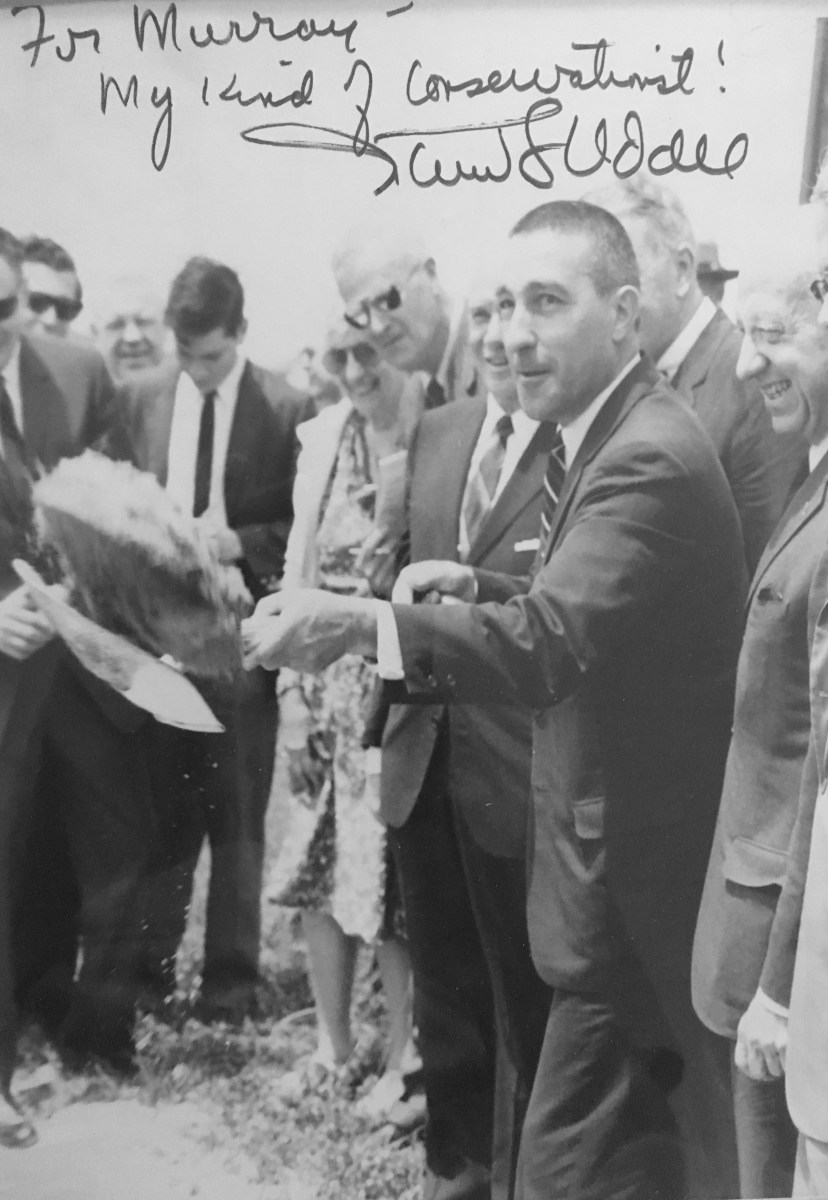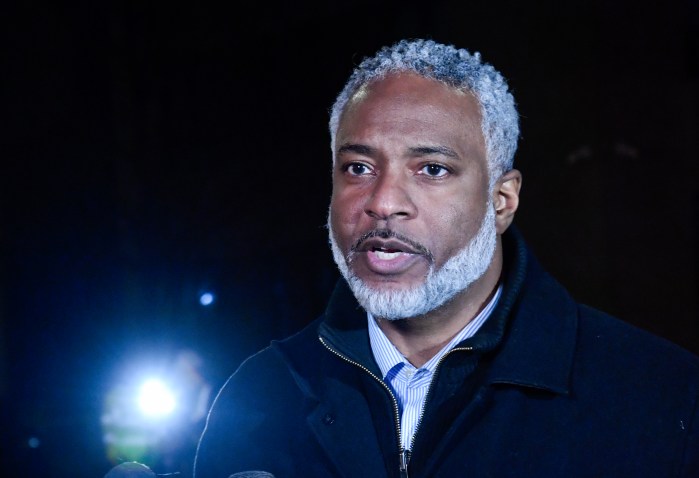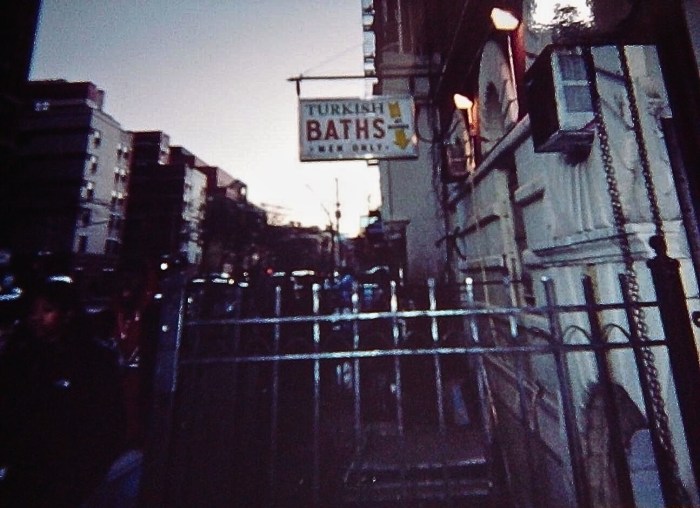September 11 will mark the 60th anniversary of Fire Island National Seashore. President Lyndon B. Johnson’s originally signed bill preserved 4300 acres totaling 25 miles of shoreline and authorized $16 million (over $158,000,000 today) to buy additional land and create more accessible recreational structures. In addition to creating a National Park within 50 miles of America’s most densely populated city, Fire Island became a mandate to a growing environmental movement.
Urban planner Robert Moses reigned over New York with unchecked power on the eve of the National Seashore designation. Creating dozens of parks designed around the accessibility of cars, Moses overlooked the negative environmental impacts. Over 48% of all New York wetlands and 30% of Long Island Sound wetlands were paved over for development or expansion of highways. Large tracts of wetlands along the South Shore Moses ordered to be trenched to avoid mosquito nesting, and hundreds of additional acres were filled in for the over 23,000 parking spots to his renowned park, Jones Beach.
The impact was that removing a necessary flood barrier and filter for stormwater runoff made residents living on or near the bay a health liability. Compounding the stormwater runoff problem was overflowing septic tanks due to the lack of sewer lines. With a lack of inlets to flush out the bay, a pandemic of intestinal bacteria plagued beloved creeks and town beaches. High coliform levels (bacteria found in fecal matter) became so common that by 1960, original safety regulations set at 240 in each 100 milliliter of water were increased to 2,400 in each 100 milliliter.
Some Nassau County beaches reached the state’s highest levels of coliform bacteria, averaging 4,580 for each 100 milliliters of water. Locals who swam in these bacteria-plagued waterways were inflicted with skin and ear infections. Babylon’s Sontapogue Creek and Frederick Canal became so polluted that residents in the surrounding area demanded a resolution to the constant pungent odor the waterway gave off. The allure of attracting home buyers to garden communities along the bay’s shores waned. Moses’s vision of a landscape democratized around automobiles became disconnected from locals’ demands for environmental restoration.
For decades prior to 1964, Moses was planning an elaborate extension to his Ocean Parkway. Most of the 17 villages and hamlets that made up Fire Island would be acquired for a four-lane parkway. With little to no regard for the island being half a mile from its widest to 400 feet at the narrowest point, Moses would cement over all obstacles. When confronted with destroying 17 towns and the potential adverse ecological effects, Moses responded, “Critics build nothing.”
Combating Moses’s parkway extension would have to depend on a groundswell of grassroots activism. Dunewood resident Maurice Barbash and his brother-in-law Irving Like, understanding the sense of urgency and potential adverse environmental impacts, began mobilizing surrounding towns against the proposed road.
“It was a great awakening of the environmental movement. Many were questioning how we are going to be good stewards of our environment,” stated Maurice Barbash’s daughter, Susan.
Formulating an opposing plan to the road, Barbash and Like resurrected former Congressman Stuyvesant Wainwright’s plan for a Fire Island National Park. Conducting dozens of town hall meetings along the south shore towns adjacent to Fire Island, Barbash, and Like recruited dozens of locals to lobby their elected representatives. In the coming months, dozens of supporters became hundreds, and elected officials took a stand against Moses’s four-lane road.
“When elected officials joined the fight (against Moses’s road), it was like the turning of an ocean liner,” stated Susan.
On July 10, 1962, Moses held his first public hearing at Jones Beach West Bathhouse. The meeting was packed with 900 activists inside and hundreds more outside picketing, with signs that read “Ban the Beep” or “Caution: Creeping Concrete.” A cluster of protesters chanted songs with lyrics such as, “Going to lay my pick and shovel down by the Oceanside” and “I am not a-gonna study roads no more.”
New York Governor Nelson Rockefeller had a turbulent relationship with Moses. The public fights and the dozens of elected state officials in both political parties made Moses’s power in the state vulnerable. By the end of 1962, Moses resigned from the New York State Park Council and Long Island State Parks Commission.
The grassroots efforts that created the Fire Island National Seashore would catalyze the greater environmental movement in the coming decade. The same grassroots mobilization created a ban on the insecticide DDT, Suffolk County’s Environmental Bill of Rights, the successful resistance against nuclear power, and thousands of acres of preserved estuaries and pine forests. Today, the Fire Island National Seashore stands not only as a vehicle of preservation but the success of civic power.


























